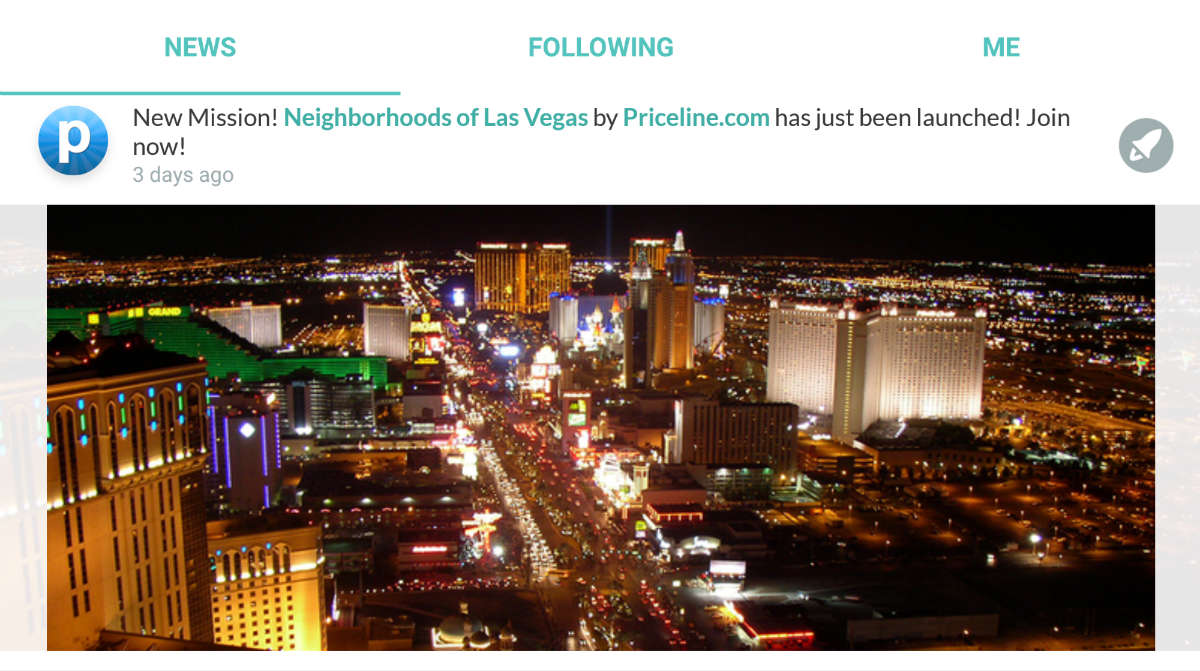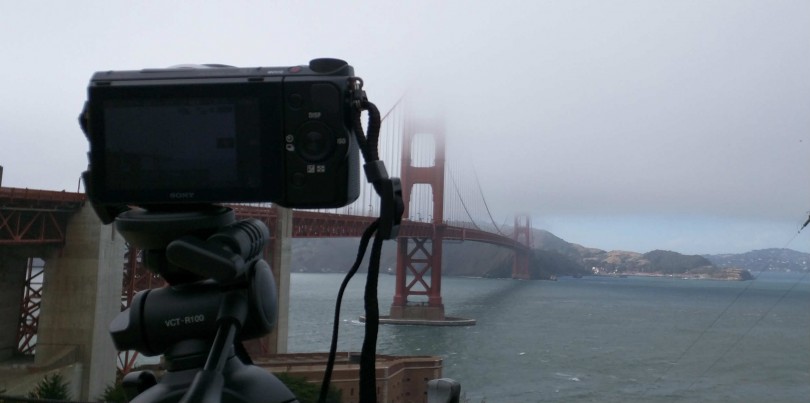aNewDomain — You’ve become a great smartphone photographer. Congratulations. But why live on compliments alone? That lovely shot you captured in the city with your iPhone can be sold for profit with a new service called Foap. I took a look.

What is Foap?
Foap is a photo publishing service that provides consumers with an easy way to sell their favorite photos. This service allows you to build a portfolio or import your existing photography to show off your talents. And there’s no subscription fee, or any other hidden costs, which is hugely important for budding (or established) smartphone photographers.
How does Foap work?
You install the Foap app on your mobile device. After installation, you create a Foap account so your photos are tied to you and not another photographer. After creating the account, simply upload your photos to build your portfolio. Each image can be titled and tagged, which allows interested consumers to search for images in an easy and efficient way. Many images sell for $10 per photo (that’s the price the company encourages) and Foap pays the photographer $5 per photo.
When photos are uploaded, the moderators of the Foap service will scan them for licensed data, which can in some cases prohibit an image from selling. As a photographer you have to be careful with your photos — you can’t profit off of someone else’s name or brand. Even when photographing an individual, be sure it’s always done with the person’s consent. But remember that street photography that includes people in the image is not handled the same way. In most cases the faces of people aren’t easily recognized, so you get a little more leeway.

Foap is a really good option for buyers looking for stock photography, too. Magazines, online newspapers or corporate brands such as Mastercard use Foap for marketing purposes. It comes at a low cost to the buyer and is a great way for an aspiring photographer to get published.
Foap Tips for the Photographer
As a starving photographer myself, I’ve begun to use Foap. I’ve learned to be careful about wording or labels captured in my images — you may want to share a photo of your burger and beer at the summer barbecue, but remember to turn the beer so the label won’t show in the image. It could be a great image, but if there’s a label in the picture it could be construed as a copyright violation, and Foap won’t allow it on the site. Always make sure it’s your own art.
Get signed or digital consent from people in your photograph. If it’s street photography, such as a crowded New York street, take time to tastefully blur or distort the faces so they’re not easily identifiable. This is swiftly done in photography editors.
Foap isn’t just for smartphones. Even though you’re required to set up your Foap portfolio via the Foap app, you can still upload DSLR images. Just grab an on-the-go SD card reader and plug it into your mobile device. Upload it directly from the SD card into your Foap portfolio.
If you have a photographer’s block and can’t decide on something to snap, Foap offers “missions” from several world-renowned brands looking for stock photography. Just recently, Anheuser-Busch was looking for promotional photos of “Bud and burgers.” The winner had their photo published and was rewarded $500! Here’s a mission offered by the folks at Priceline.com.

Free? What’s the Catch?
Whenever we hear about free services on the Internet, we should look for caveats and fine print. This is critical when it comes to protecting not only your privacy, but also your personal property. I have found only two items of concern regarding the Foap service.
First, I don’t like being forced to use the Foap app for uploading images. It’s great if you’re only doing smartphone photography, but it requires some geekery if you’re using another camera source. You can upload from an external SD card reader. You can also use one of your cloud services to download images directly to your mobile device, and then upload the images to Foap through the app. Uploading to the Foap website should be available, especially if they want high-quality photos that are easily accessible.
Second — I don’t like the way photos are compressed when a buyer searches for images. Sure, the Foap watermarking is necessary, but the compression shrinks the photo down to roughly 350 x 250 pixels. That’s small! I asked Foap if this was a bug. Foap replied that this is to protect the photographer. The smaller size discourages people from trying to download the image from the website. Foap even blocks the use of screenshots inside of its Android app. That seems legitimate, but is still frustrating.
There has to be a catch in the terms of service, right? Well, no. I read through the TOS and was pleasantly surprised. Foap allows your photos to be sold under a non-exclusive license. This means that your photo is still your photo. This means your photo can be sold multiple times to multiple buyers. This also means that Foap doesn’t own your photos! This is a great change of pace when considering other online services that often:
- charge a subscription fee for hosting the photos
- may have the rights to use your photo for their own advertising
I really like the idea of Foap and what it’s doing for the photographer community. It provides a simple way to not only share your photography portfolio, but also rate other Foap members’ portfolios. This community can help boost your photography status while paying you a quick five bucks per photo. Be sure to check out the Foap app on iOS and Android.
For aNewDomain, I’m Ant Pruitt.
All images and screenshots: Ant Pruitt













